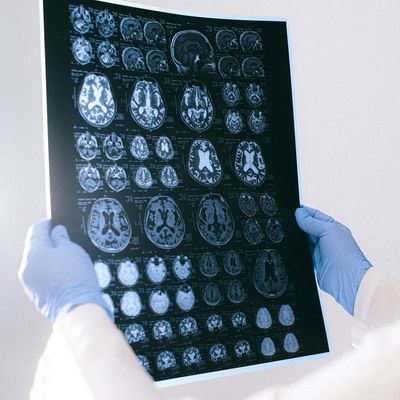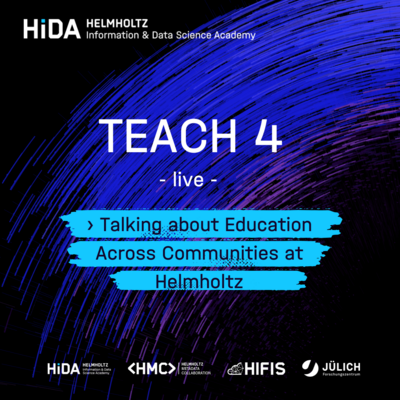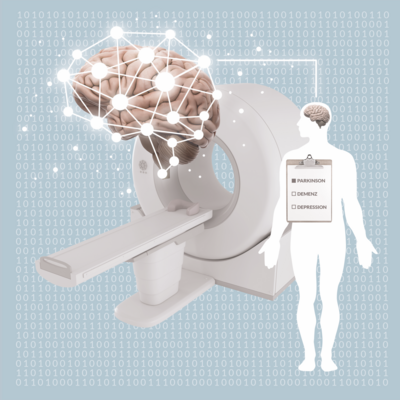Don't be afraid of AI

Founders are increasingly turning research processes upside down with new AI solutions. Sergey Biniaminov now initiates further projects with KIT students.
In medicine and pharmaceutical research, but also in the life sciences, tissue samples or cell cultures are often used for analysis based on specific questions. For meaningful studies, doctors, pathologists and researchers have to examine and evaluate large amounts of samples. "Even with a proven expert, such manual analyses can take a lot of time," explains Sergey Biniaminov, KIT alumnus and expert for data analysis based on artificial intelligence (AI). "Typically, the technical staff is under great time and cost pressure. This can also lead to errors." To change this, Biniaminov founded the company HS Analysis at KIT in 2015. "We offer AI tools that can extract valuable results from large amounts of data in a very short time, for example the quantification of the effects of pharmaceutical drug candidates on the investigated tissue or cell cultures," said Biniaminov. Deep learning methods are also used to reliably and comprehensively identify structures with complex morphology.
"Machine learning is a tool that can and should be learned to use. Don't be afraid of AI!"
Sergey Biniaminov
AI is a powerful tool
The AI pioneers of HS Analysis are now applying their know-how in the analysis of large amounts of data to other fields of application, such as deep learning for material testing in the lightweight construction and automotive industries, machine learning for molecular analysis and phenotype recognition in the agricultural industry, and natural language processing for questions in the financial sector or the trade sector. Biniaminov describes AI as a powerful tool whose future fields of application cannot yet be foreseen. "I strongly recommend today's students to familiarise themselves with this field," said Biniaminov. "Machine learning is a tool that can and should be learned to use. Don't be afraid of AI!"
Further information and contact:sergey.biniaminov@hs-analysis.com
Author: Dr. Martin Heidelberger
This article was first published in clicKIT-Magazin at Karlsruhe Institute of Technology (KIT)










